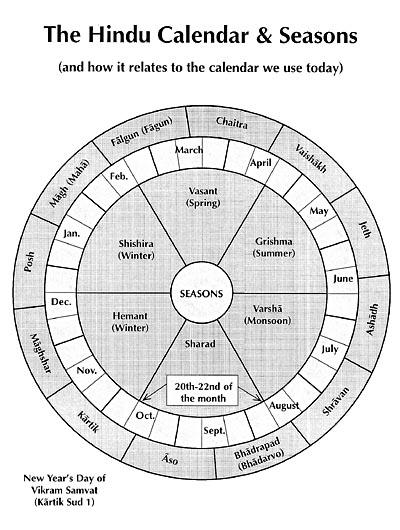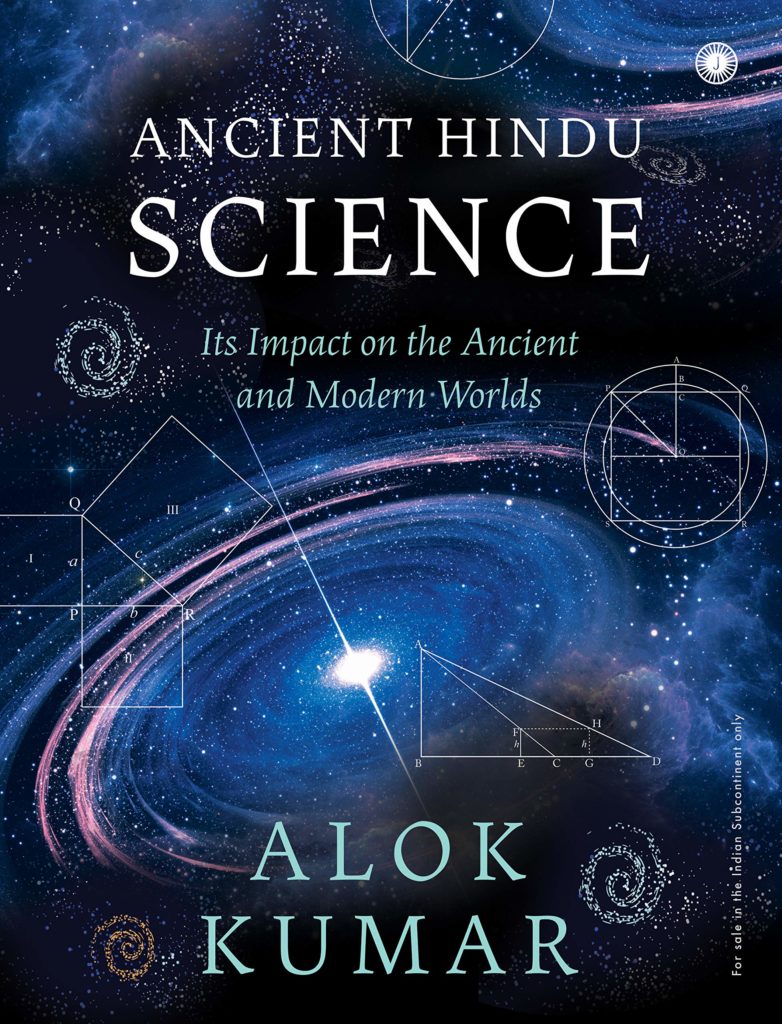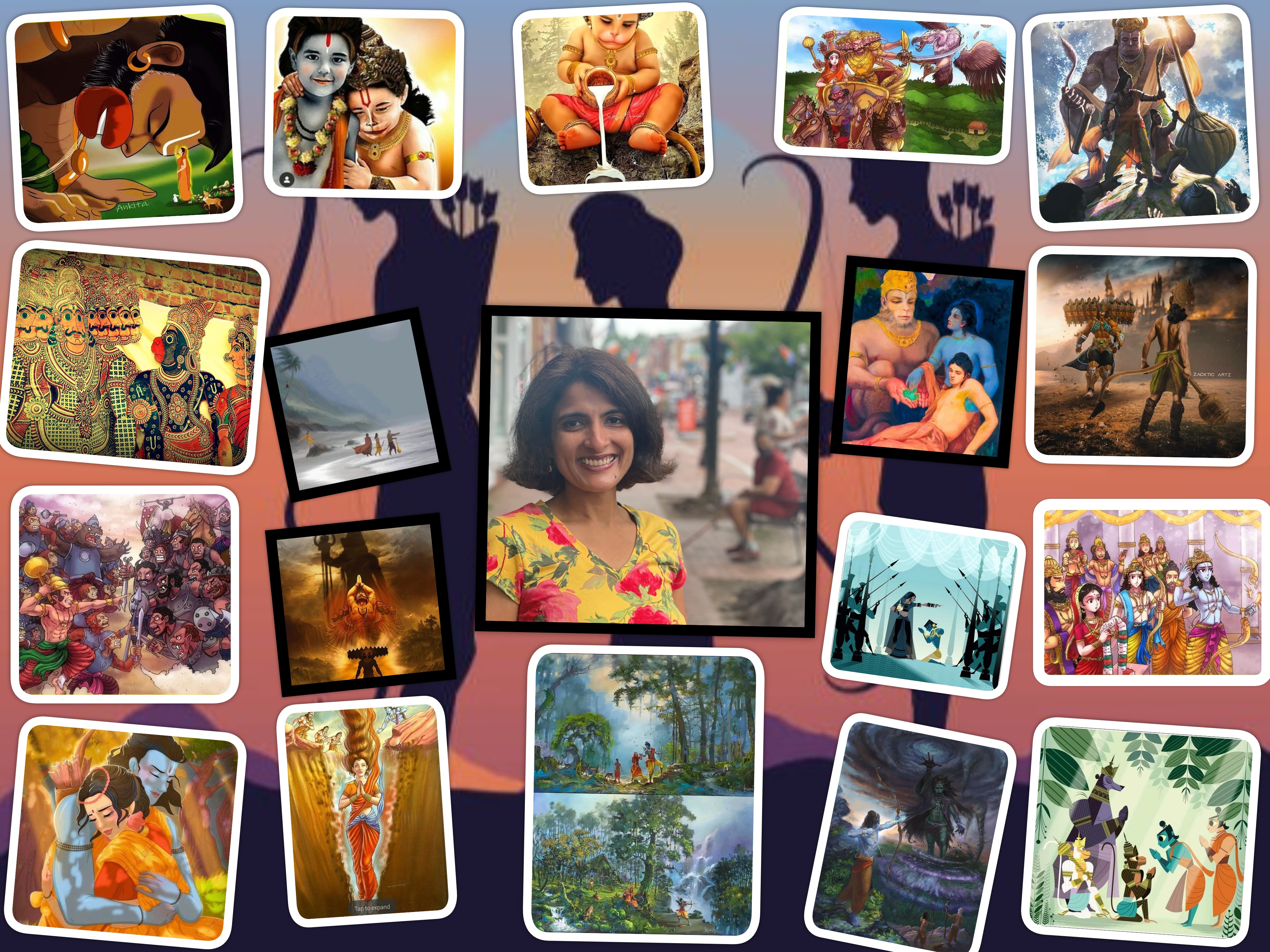- Visitor:186
- Published on:
The Hindu Calendar
Pañcānga is popular even today among the Hindus. Hindu priests use it for predicting eclipses, defining time of various rituals, including marriage, casting horoscopes, and for solemn entrance into a house (grah-praveśa) or business.Hindu families commonly use Pañcānga to check the day of fasting, auspicious times for worshiping, and days of festivals.

Pañcān˙ga (Pañcā = five and anga = limb, meaning five-limbed) is the term used for the Hindu almanac. The five limbs are: day (vāra), date (tithi), naks.atra (asterism), yuga (period), and kāranā (half of tithi). Pañcānga is popular even today among the Hindus. Hindu priests use it for predicting eclipses, defining time of various rituals, including marriage, casting horoscopes, and for solemn entrance into a house (grah-praveśa) or business.Hindu families commonly use Pañcānga to check the day of fasting, auspicious times for worshiping, and days of festivals.
Most cultures have calendars that are either based on the motion of the Moon or the Sun. The regular appearance of the new or the full moon forms a basis of most lunar calendars, like the Islamic calendar. Solar calendars are based on the cyclic motion of the Sun in different zodiacs that is due to the orbital motion of the Earth around the Sun. The Hindu calendar is luni-solar in which the months are based on the motion of the Moon while the year is defined by the Sun. A year is the time the Earth takes to complete one revolution around the Sun, starting from Mesa (Aries). This calendar is similar to the Jewish or Babylonian calendar that are also luni-solar.
In the Hindu Calendar, a month is divided into two equal parts, known as paksa, each of roughly fifteen days depicting the waxing and waning of the Moon. The paksa starting from the new moon to the full moon is considered the bright-half (Śukla-paksa) while the second part starting from a full moon to a new moon, is known as the dark-half (Krsna-paksa). [1] The new moon day, when the longitude of the Sun and Moon are equal, is called amāvāsya. The full moon night, when the Sun and the Moon are 180 out of phase, is known as pūrnimā. It gives a mean lunar year to be 354 days 8 hours 48 minutes and 34 seconds.
A day (vāra) begins at sunrise. The date (tithi) is indicative of the position of the Moon relative to the Sun. A month (māsa) starts and ends on amāvāsya (meaning dwelling together, implying conjunction of the Sun and the Moon, the new moon). The word amāvāsya is used in Atharvaveda [2] which signifies that the ancient Hindus knew the cause of the new moon during the Vedic period. The days in between amāvāsya and pūrnimā are counted as numbers: ekādaśī (eleventh day of the fortnight), caturthī (fourth day of the lunar fortnight), etc. The ecliptic circle was divided into 27 parts, each consisting of 13 degrees and 20 minutes, called naksatra.
To understand the features of the Hindu calendar, let us compare it with the Western calendar that is popular internationally. The Western calendar, also called the Gregorian calendar, was proposed by Pope Gregory XIII in 1582. It was a modified form of the calendar established by Julius Caesar, known as the Julian calendar. This calendar was based on the Egyptian calendar of the period. The Catholic kingdoms adopted the Gregorian calendar soon after its inception. However, England resisted its use and adopted it in 1752, under some resistance from the Protestant majority.
The Western calendar is irregular and inconvenient to use because:
1. There exists no easy way to figure out the date of a particular day from simple observations.
2. Different months have different numbers of days. This creates difficulties in the business world where, at times, monetary transactions are made based on the day devoted to a particular task.
3. Because the span of a month is different for different months, performance records are difficult to compare.
4. There is a problem of the leap year. One has to remember the year to decide the number of days in the month of February. There is no possible way to figure it out using astronomical observations. One has to remember the empirically defined rules to figure this out.
Most people use the Western calendar since their childhood and are not familiar with alternatives, they do not realize its weaknesses. In the lunar calendar, one year equals 354 days and, in the solar calendar, one year is roughly equal to 365 days. The difference of 11 days in a year can cause radically different seasons for the same month in two years in a lunar calendar that are about 15–17 years apart from each other. This is the case with the Islamic calendar.
Āryabhata I explained the civil and sidereal days: “The revolutions of the Sun are solar years. The conjunctions of the Sun and the Moon are lunar months. The conjunctions of the Sun and Earth are [civil] days. The rotations of the Earth are sidereal days.” [3]
This defines the sidereal day as the period from one star-rise to the next, civil days as one sun-rise to the next, and the lunar month, or synodic month, as from one new moon to the next new moon. The ancient Hindus, who knew both the lunar and solar calendars, realized that 62 solar months are equal to 64 lunar months. Therefore, they added one extra month after every 30–35 months.
The Rgveda described the Moon as “the maker of months” (māsa-krt). [4] “True to his holy law, he knows the twelve Moons with their progeny: He knows the Moon of later birth,” [5] Here “the twelve Moons with their progeny” means the twelve months and “the Moon of the later birth” means the 13th month, the supplementary or the intercalary month of the luni-solar calendar. This is a clear indication of the luni-solar calendar during the Rgvedic-period. The Atharvaveda also mentions the 13th month in some years. “He [Sun] who meets out the thirteenth month, constructed with days and nights, containing thirty members, . .”[6]

The creation of 13th month or the intercalary month of thirty days is ascribed to the Sun, the Moon being the originator of the ordinary months of the year. This is a clear indication that the thirteenth month was added to keep up with the seasons since it is ascribed to the Sun.
Al-Bīrūnī explained the Hindu luni-solar calendar in his book, Alberuni’s India: “The months of the Hindus are lunar, their years solar; therefore their new year’s day must in each solar year fall by so much earlier as the lunar year is shorter than the solar (roughly speaking, by eleven days). If his precession makes up one complete month, they act in the same way as the Jews, who make the year a leap year of thirteen months . . . The Hindus call the year in which a month is repeated in the common language malamasa [malamāsa]. Mala means the dirt that clings to the hand. As such dirt is thrown away out of the calculation, and the number of months of a year remains twelve. However, in the literature, the leap month is called adhimāsa.”[7] Kautilya (ca. 300 BCE), in his Arthaśāstra, mentions a separate intercalary month and calls it malamāsa. [8] This month is generally added every third year. [9]
In the Hindu calendar, most of the festivals have religious, social, and seasonal importance. In societies where the lunar calendar is in practice, the seasonal festivals are not much celebrated. India is an agricultural country where approximately 65% of the population still lives in villages. During the Holī festival, a big fire is burned every year to symbolize the death of Holikā, the aunt of Lord Dhruva. People bring a sample of their harvest, and place it over a fire to roast the wheat or barley seeds which they tie to sugarcane. They share these seeds and sugarcane with friends and family members and decide whether the crop of wheat, barley and cane sugar is ready for harvest or not. During Daśaharā, the quality of barley and wheat seeds is tested in a social gathering; people carry sprouted seeds and share them with their friends. Similarly, after the monsoon season from July to September, one needs to get ready for the winter in India.
Cleaning spider webs, dusting rooms, painting walls, and decorating the houses are common chores before Dīpāvalī (Dīvālī). Most Hindu festivals are defined either by the position of the Moon or the Sun. Makara-Samkrānti (the Sun enters the sign of Makara (Capricorn) constellation in its northward journey), Ganeśa-caturthī (fourth day of the Moon, starting from amāvāsya, the new moon), Krsna-Janmāstamī (eighth day of the Moon) are all defined by the phase of the Moon or the Sun in a particular constellation. Basant-Pañcamī (fifth day of the new Moon), Rām-Navamī (a day to honor Lord Rāma, falls on the ninth day of the new moon), Guru-pūrnimā (a day to honor teachers, always fall on the full moon), and Nāga-Pañcamī (a day to honor snakes, falls on the fifth day of the new moon) are some of these festivals that are defined by the Moon.
The Moon is seen in the sky on almost all nights unless it is close to the Sun. The position of the Sun can be fixed against a constellation only a little before sunrise or after sunset—the time when the sunlight is too weak to suppress the light of other stars. Hindu astronomy, unlike Western astronomy, mapped the sky with the phases of the Moon rather than with the stars. It simplified their calculations—at full moon, the position of the Sun can automatically be given by that of the Moon. Similarly, the position of the Sun can easily be determined with the different phases of the Moon.
The following are the months in the Hindu calendar:
1. Caitra (March-April)
2. Vaisākha (April-May)
3. Jyaistha (May-June)
4. Āsādha (June-July)
5. Śrāvana (July-August)
6. Bhādrapad (August-September)
7. Āśvina or Kwār (September-October)
8. Kārttika (October-November)
9. Agarhayana or Aghan (November-December)
10. Pausa (December-January)
11. Māgha (January-February)
12. Phālguna (February-March)
The names of the months are derived from the names of the naksatra (star or constellation) in which the Sun dwells (or nearby). Xuan Zang (or Hiuen Tsang), a Chinese traveler who visited India during the seventh century, and al-Bīrūnī who traveled in India during the eleventh century also used the similar names for various months in India. [10]
Nothing was more natural for the sake of counting days, months, or seasons than to observe the twenty-seven places which the Moon occupied in her passage from any point in the sky back to the same point. The location of the Moon and its shape provided the tithī (date) as well as the particular time in the night sky for astute observers. This procedure was considerably easier than determining the Sun’s position either from day to day or from month to month. As the stars are not visible during daytime and barely visible at sunrise and sunset, the motion of the Sun in conjunction with certain stars was not an easily observable task. On the contrary, any Vedic shepherd was able to decide day and time easily with the observation of the Moon.
References:-
- see Arthaśāstra, 108.
- defined in Atharvaveda, 7: 79.
- Āryabhatīya, Kālakriyā, 5.
- Rgveda, 1: 105: 18.
- Rgveda, 1: 25: 8.
- Atharvaveda, 13: 3: 8.
- Sachau, 1964, vol. 2, p. 20
- Arthśāstra, 60; Shamasastry, 1960, p. 59.
- Arthaśāstra, 109; Shamasastry, 1960, p. 121
- For Hiuen Tsang, see Beal, book II, p. 72; for al-Bīrūnī, see Sachau, vol. 1, p. 217
- 93 min read
- 1
- 0










